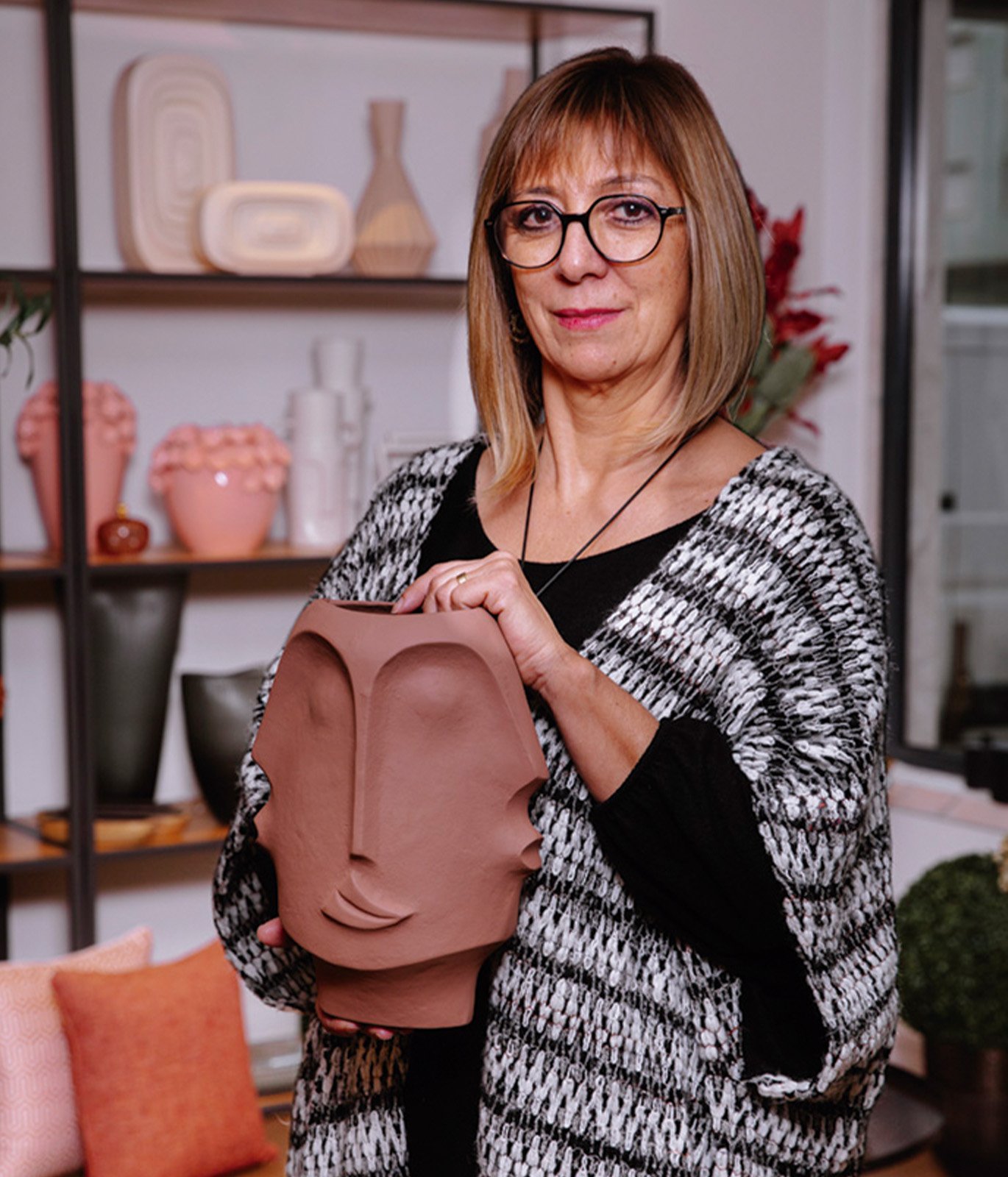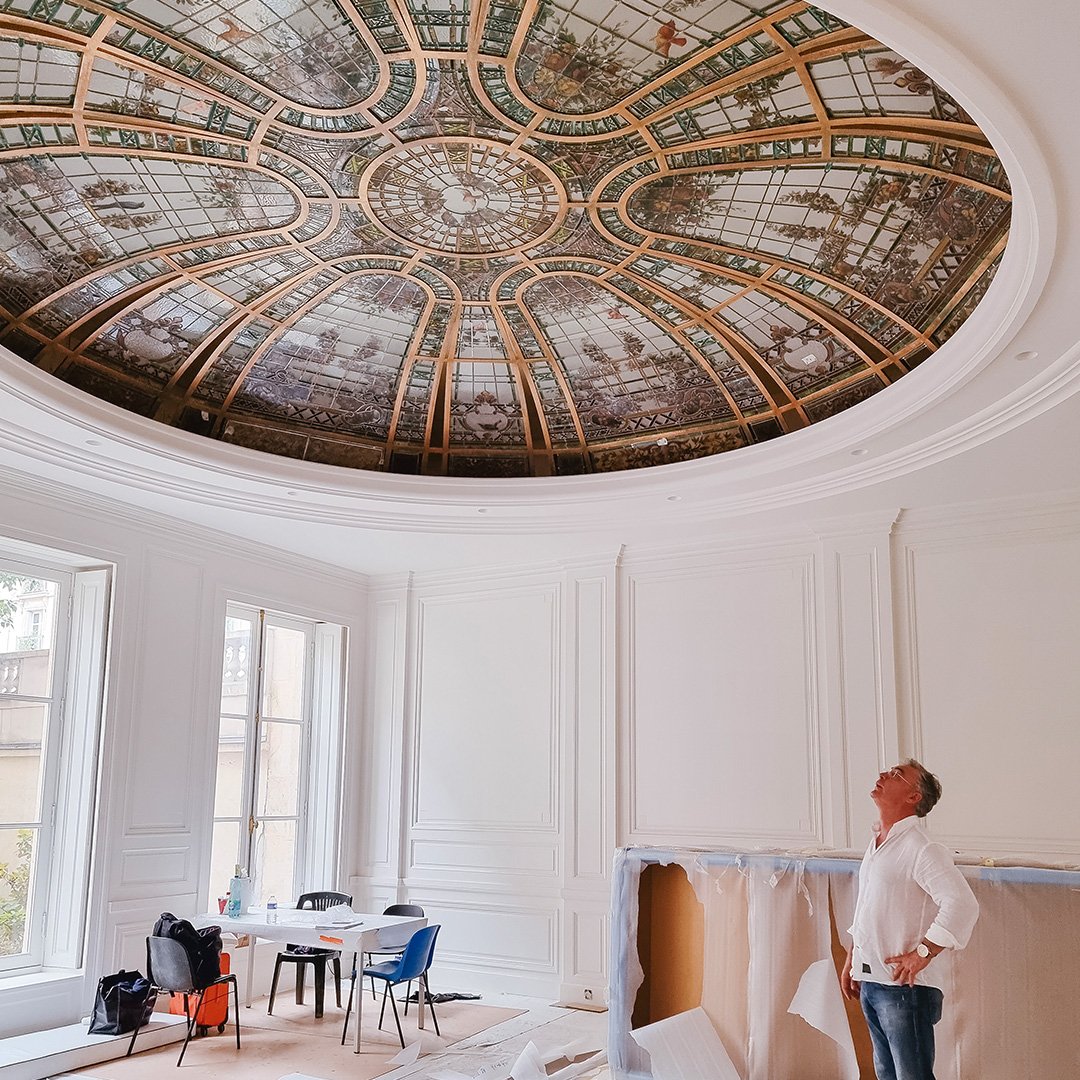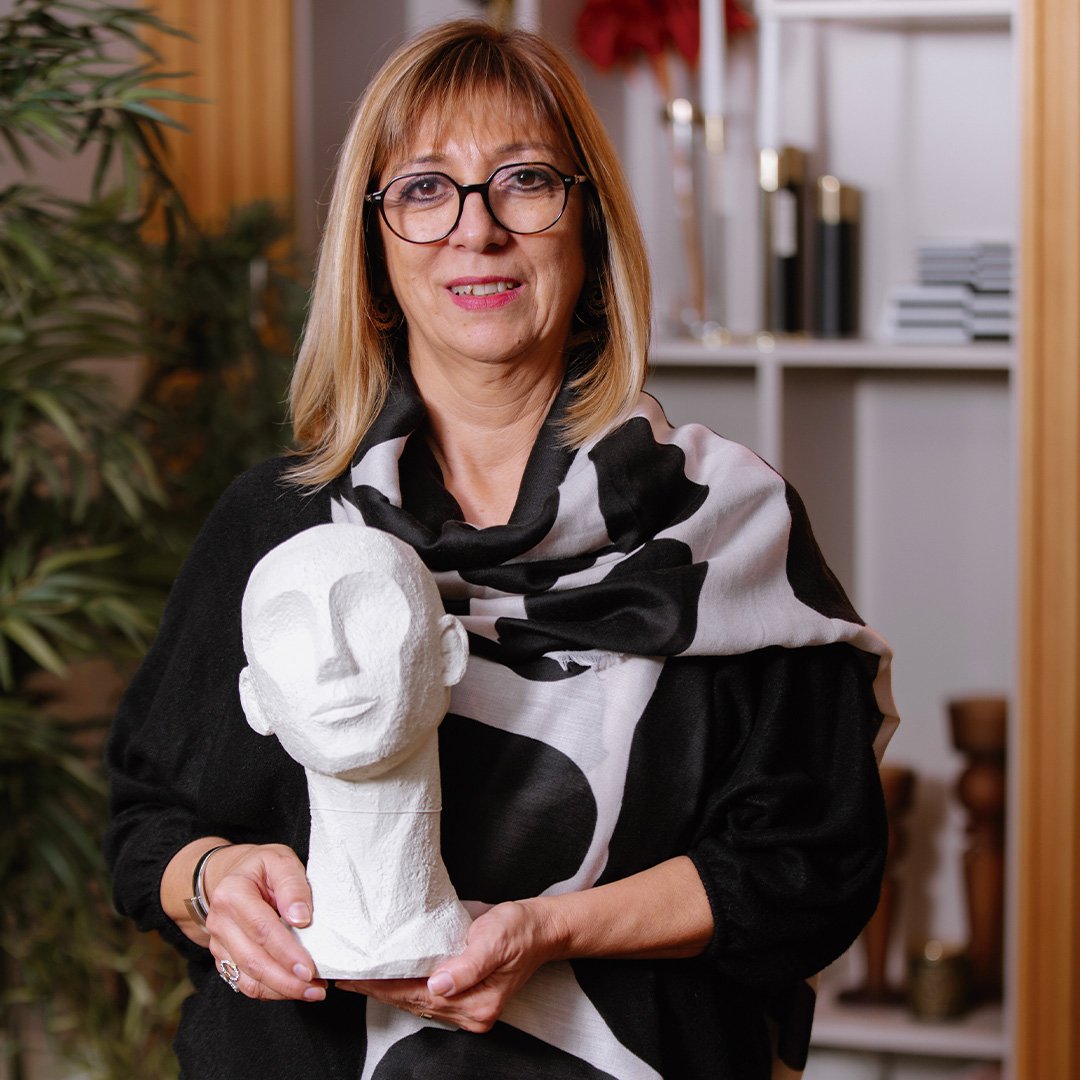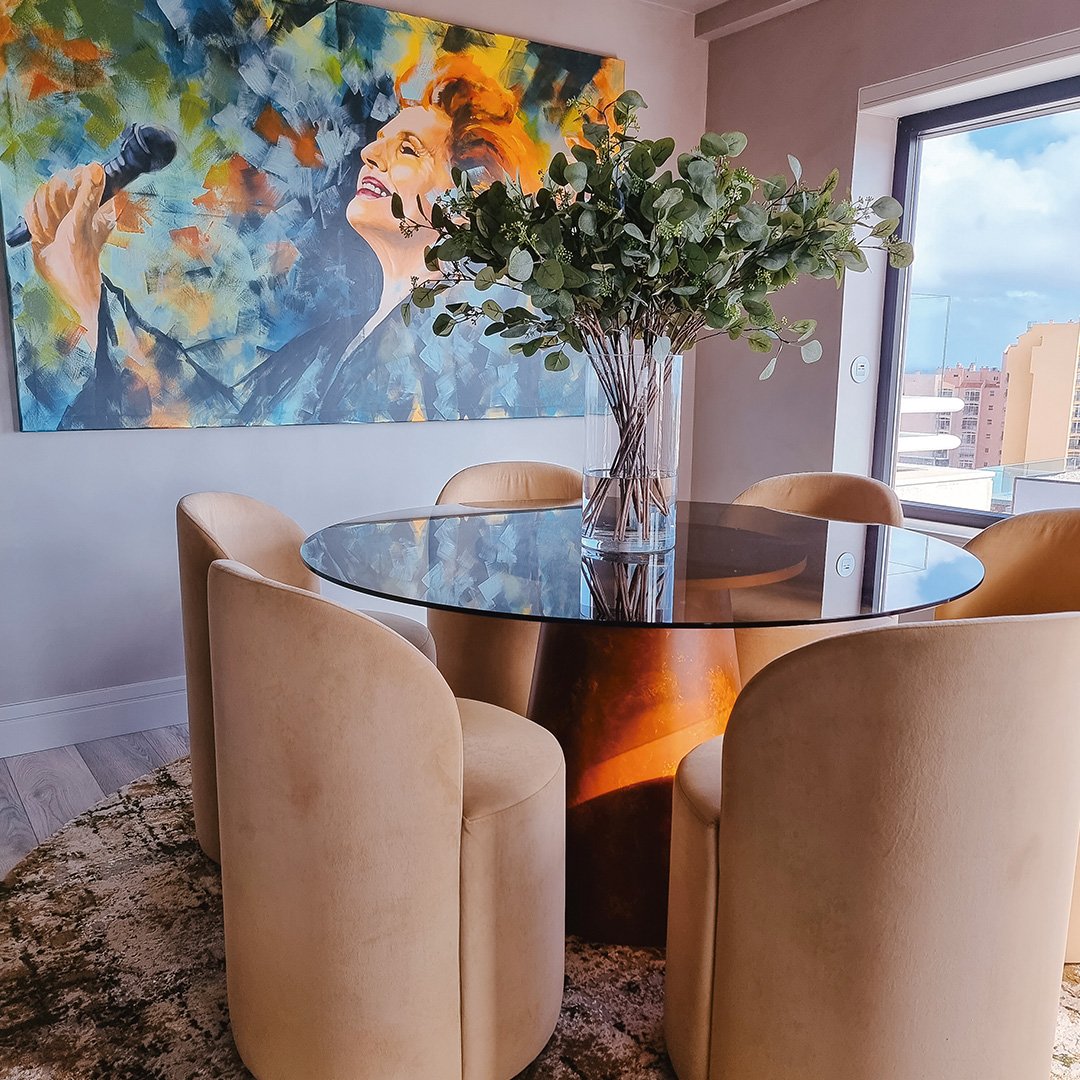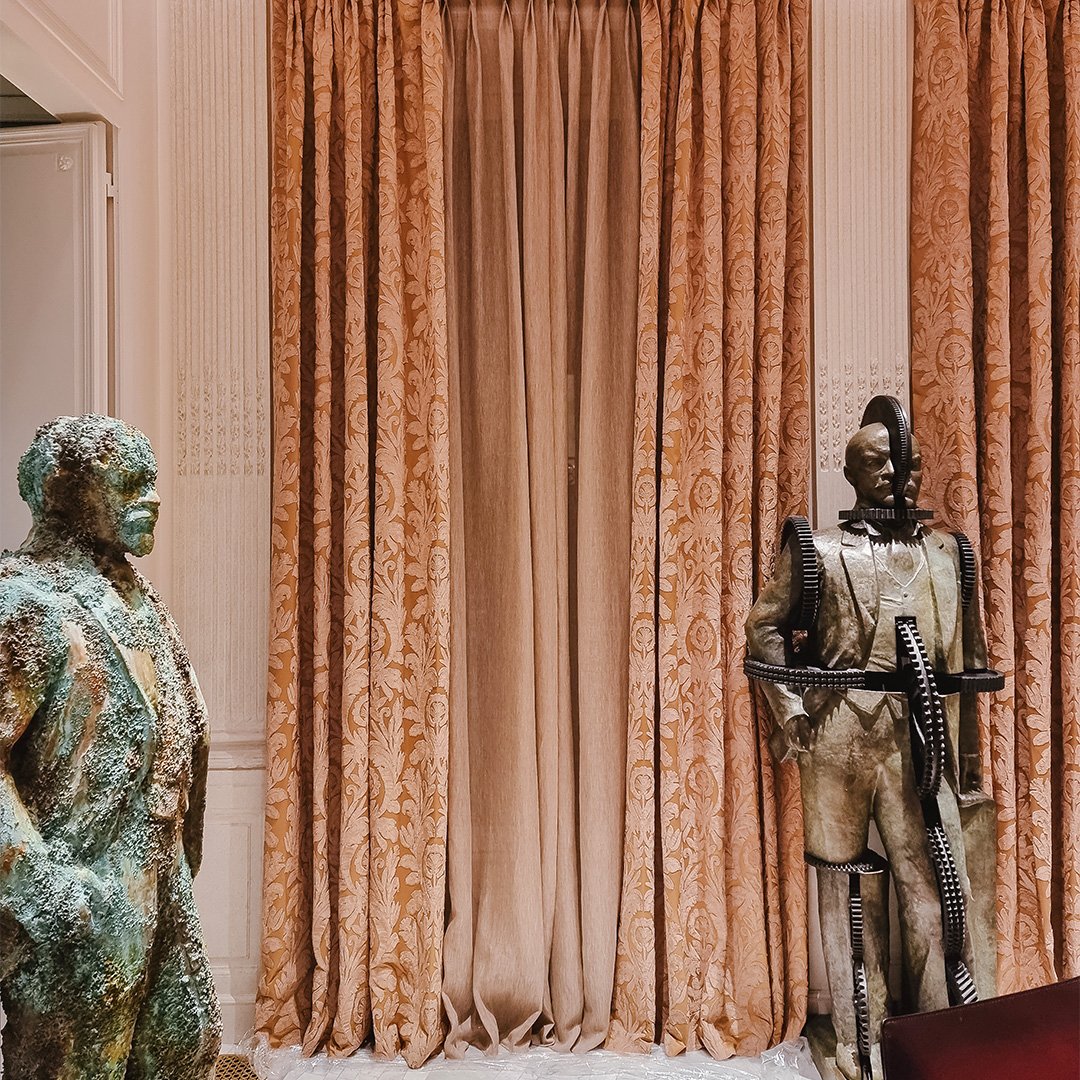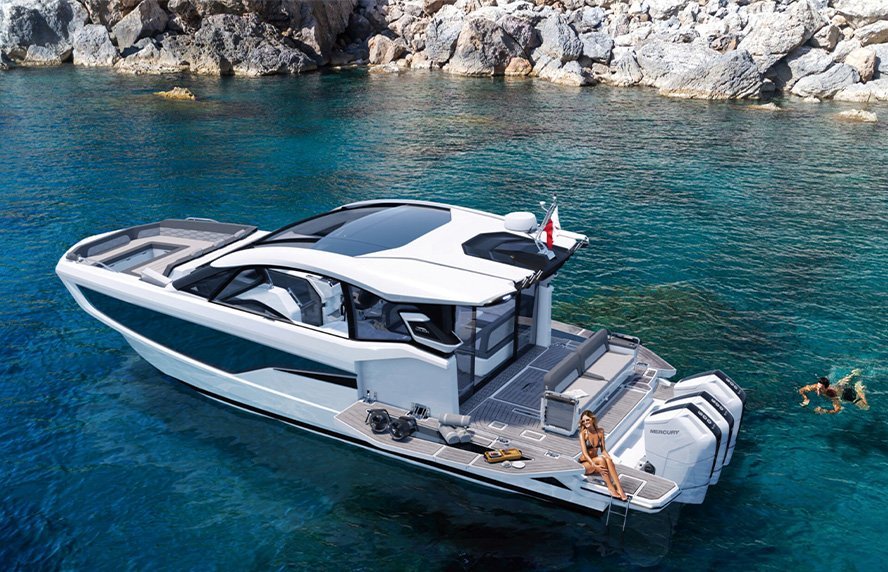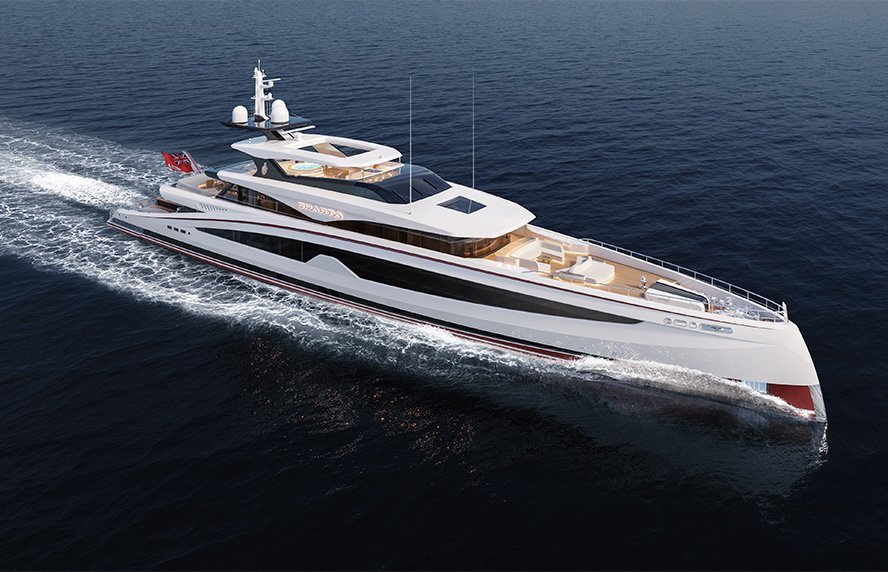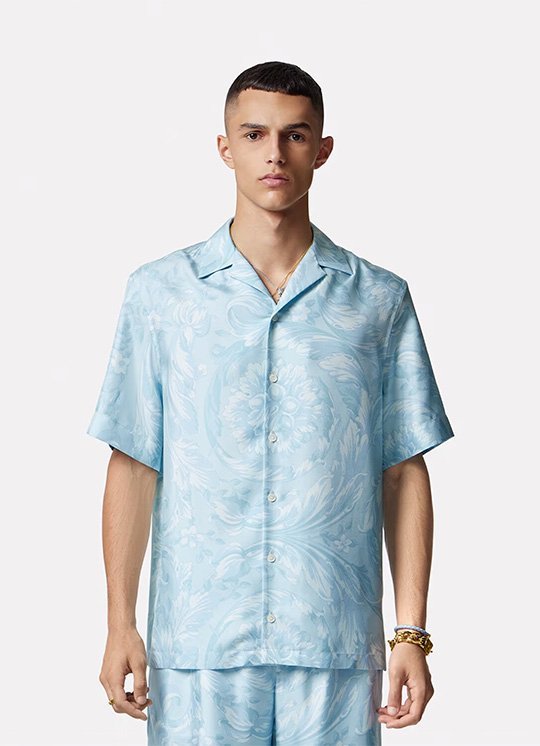You have a degree in Historical Science, specialising in History of Art. How did your passion for interior design come about?
This passion arose before I graduated. When I went to university, I decided to study History of Art, because I was urged by my family to pursue a career with a future, that is to say one that wasn’t linked to the arts. The truth is that the world of art is very ephemeral – sometimes you can make it, sometimes you can’t – and having a so-called "normal” profession, with Christmas and holiday pay and a pension, is important. And at that time, the interior design sector was not very developed. At the same time, I kept my distance from architecture in order to avoid maths. So, at the age of 18, I enrolled in a history course for the sake of culture in general, but it wasn’t what I wanted to do with my life. Five years later I finished my degree. I ended up teaching for six months and then embarked on a business career, as a commercial director for a company – a status that allowed me to earn a nice salary and, of course, gain greater independence. After this phase of my life, I was able to start making my own choices, which included doing what I love most: interior design. When I got married, I decorated my own house. Friends started to notice how I was decorating and ended up asking me to help them decorate their homes. That’s how I started really, in a self-taught way, but one that I knew was the right way to go. I had ambition, I took risks and I invested.
Did you know from an early age that you had a tendency towards interior design? What were the signs?
When I turned 18, I was given a sewing machine as a birthday present, after having begged my mum to give me one. I already loved creating, making my own bags, pinning and sewing my own clothes... I loved everything that was fabric, so the sewing machine was a fabulous toy. When I took a new bag to college, my classmates immediately suspected that I had made it.
You founded Ana Borges Interiores more than 25 years ago. What has your journey through the world of interiors been like?
My journey through the world of interiors has always been a very steady one. Taking it slowly, one step at a time, we have been tackling the challenges our clients have set us, with quality and professionalism.
During the major economic crisis in 2008 many companies were unable to stay in business but, as we were working with our own capital, we were able to keep going. We found ourselves in a bit of a counter-cycle. We ended up growing, by tapping into a type of market that we hadn’t been in before. Having been on the market for so many years has also allowed people to recognise us. Basically, all these factors have contributed positively to our growth, allowing us to meet the needs of our clients, who have been presenting us with challenges, which, as a rule, we have been able to fulfil.
Do you find it difficult to turn down projects?
I find it very difficult to turn down projects, for various reasons. The team has come this far because of the support and trust that clients have placed in us. I know that when people come to us, they always have faith in us, knowing how we work and what our stance is in the market. And so, there’s always the matter of respecting the client who has recommended us, without forgetting how ephemeral the market is, with its curves and crises. Often there are things that, at the time, are not worth doing at all, but, for the sake of consistency and respect, I almost never say no.
What kind of consumer profile are we talking about? Who uses Ana Borges Interiores?
There are various types of customers and, lately, the Setúbal and Palmela areas have been the most in demand for projects. We have the customer who has been following us for many years and suddenly needs to change a bed because their child has grown up, as much as the customer who wants a turnkey project and doesn’t want to worry about anything else. We are also in great demand from foreigners.
What care needs to be taken when designing a project?
It’s in stages. First, we have a meeting with the client. We analyse their expectations, needs and possibly the budget they have in mind, so that we can align with the most suitable suppliers for the purpose, depending on the range requested. This means we end up putting ourselves in the client’s shoes a little, understanding their aspirations, which can range from classic to minimalist, floral to geometric... Complementing this personalisation, we always incorporate the latest trends, so in between we always take care to update and question the client about the options we can offer. There’s also the phase of ordering, receiving the materials, distributing and, finally, placing the materials in the room. I must emphasise that these processes often don’t just depend on the team, as third parties are involved and it’s essential to liaise so that everything runs to schedule. Clients are always in a hurry when it comes to these kinds of projects.
"I try to anticipate any faults that may arise”
